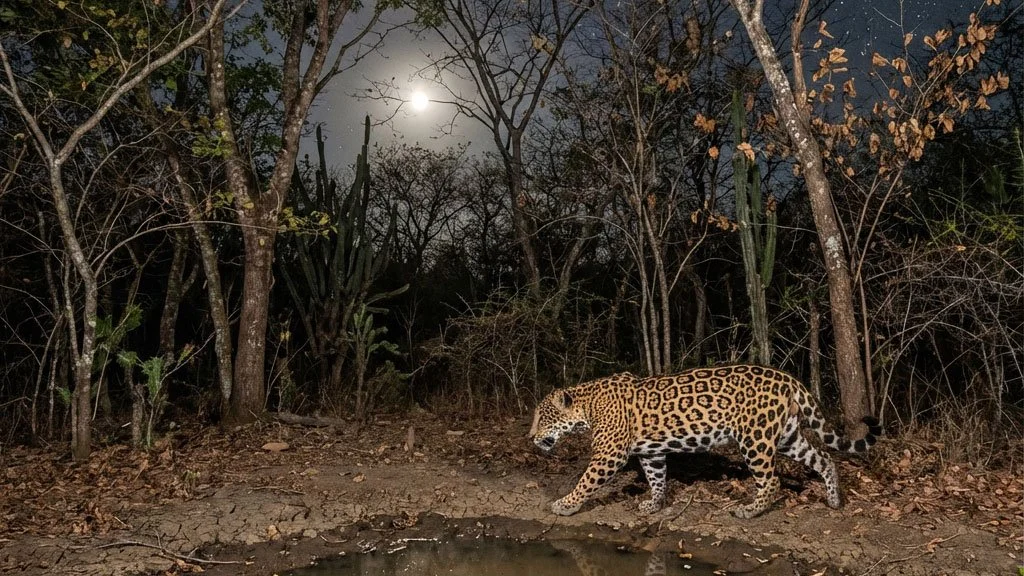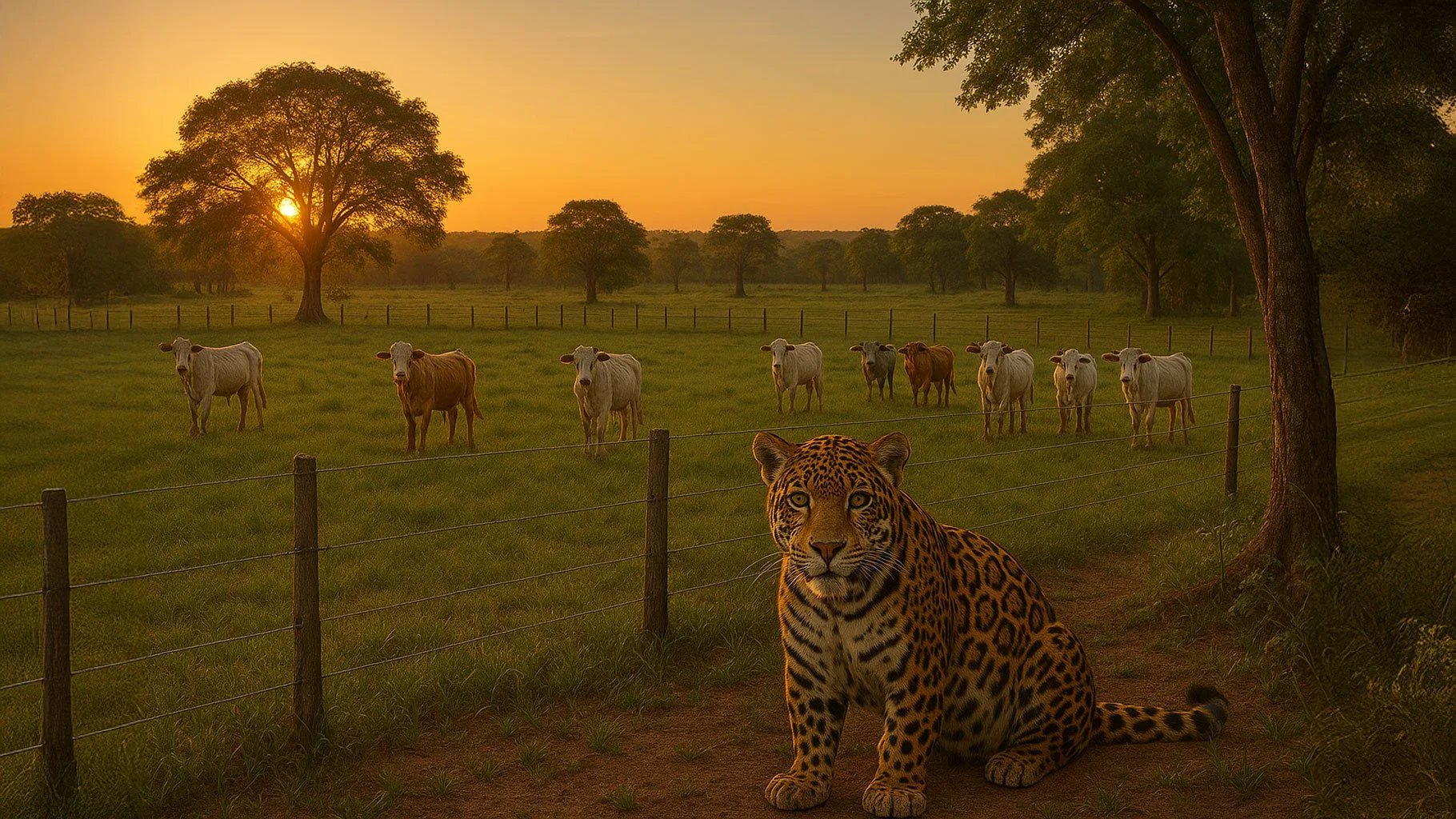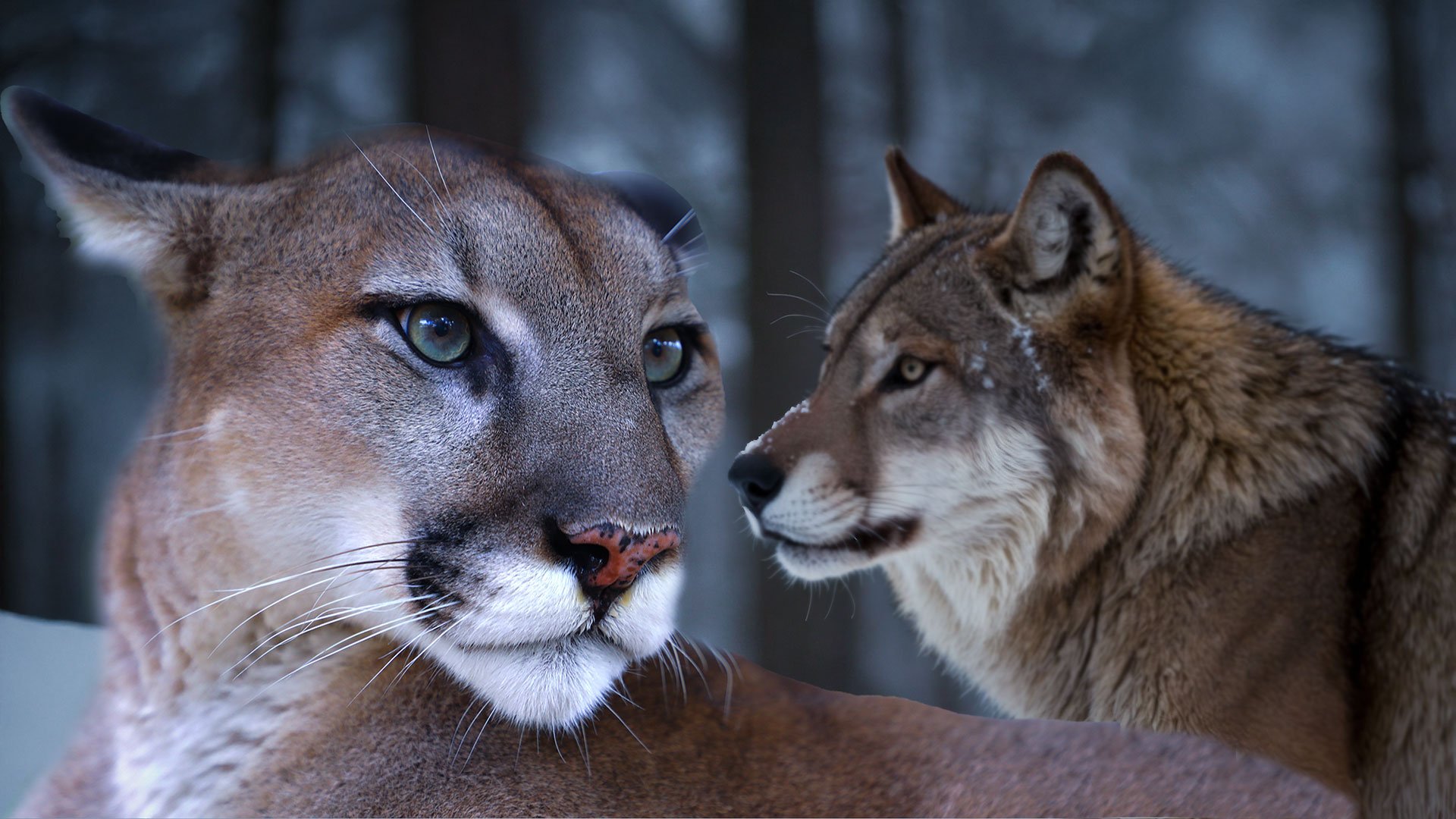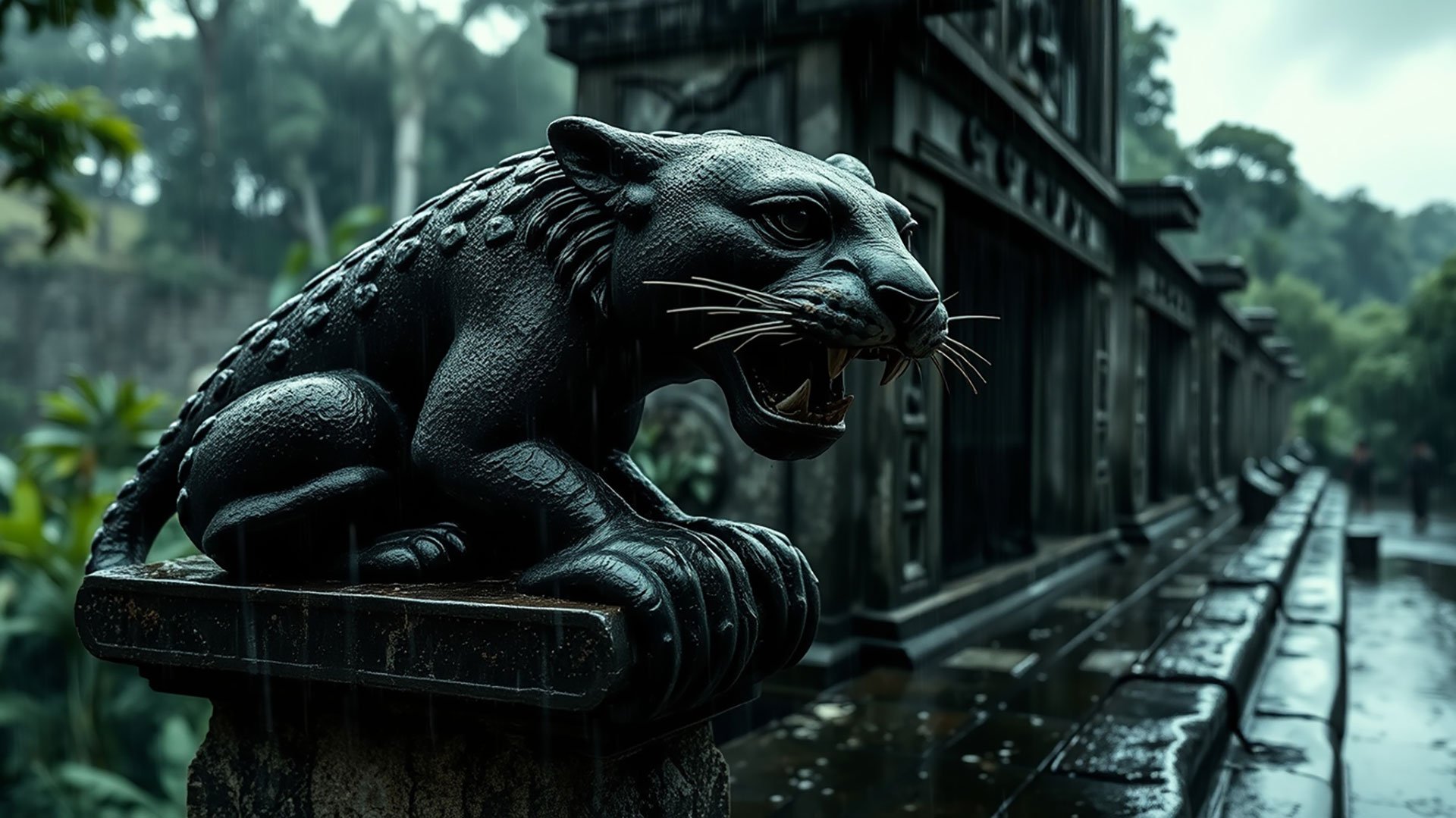Spotted Hope: The Jaguars of the Amazon Roar Louder Than We Thought
In the emerald depths of the Amazon Rainforest, where sunlight dances through tangled canopies and rivers snake through ancient lands, a silent predator pads across leaf-littered trails—mysterious, regal, and wild. The jaguar. Known in many Indigenous languages as “the one who kills with a single bound,” this elusive cat has long symbolized power and balance in nature. But until now, the extent of its reign in the Amazon was underestimated.
A new study, sprawling across the Brazilian, Colombian, Peruvian, and Ecuadorian Amazon, has shattered old assumptions and reignited hope. The research, the most comprehensive jaguar population study to date in the region, used camera traps to capture the unique rosettes of 389 individual jaguars—each as distinct as a human fingerprint. With an average density of three jaguars per 100 square kilometers, this new estimate triples the official figure previously listed by the IUCN.
A Surprising Discovery Hidden in the Trees
Conducted by a collaboration of ecologists and conservationists, the study surveyed 22 protected areas—just 2.5% of the Amazon biome—yet uncovered more than 6,300 jaguars within this sliver of wilderness. Extrapolated carefully, this suggests global jaguar numbers may approach the higher-end estimate of 173,000, far above the IUCN’s conservative 64,000.
It’s a stunning revelation, but also a sobering reminder: while the Amazon might be faring better than expected, half of the jaguar's historical range—once spanning the southern U.S. to Argentina—is gone. Outside the Amazon, populations are critically endangered or teetering on the brink.
A Jungle of Contrasts
The Amazon doesn’t offer a uniform home for these big cats. In the Mamirauá Reserve, a floodplain forest along the Amazon River, jaguar density soared to 10 per 100 km²—a vivid example of a thriving habitat. But in contrast, the Cuieiras Reserve, near Manaus, Brazil’s largest Amazonian city, revealed 20 times fewer jaguars, likely due to poorer soil and habitat degradation.
“Jaguar populations serve as an indicator of the quality of the environment,” said study lead author Guilherme Alvarenga from Oxford. Understanding where jaguars thrive—or fail—is critical to directing conservation efforts. “You can plan more effective actions in areas where numbers are declining, or habitat quality is not as good, to prevent them from disappearing.”
What This Means for Conservation
Antonio de la Torre, who previously contributed to the IUCN’s jaguar estimates, welcomed the new data, calling it “incredibly valuable” for refining population models and conservation strategies.
More than 60% of the Amazon is under some form of conservation, yet much of it remains unsurveyed for jaguars. This study is a call to expand our knowledge—because we cannot protect what we do not count.
In a time when wildcats around the globe face snaring, poisoning, illegal trade, and shrinking forests, this surprising abundance is more than good news—it’s a call to action. With better data comes the power to target resources, strengthen protected areas, and engage communities who live alongside these apex predators.
Why Jaguars Matter
Jaguars are not just icons—they are keystone species. As apex predators, they regulate the populations of other animals, maintaining ecological balance. Their presence often means that forests are still healthy, diverse, and wild. Losing them would mean losing that balance—and potentially spiraling degradation of entire ecosystems.
What You Can Do
Even from afar, you can stand with the jaguars of the Amazon.
Support conservation organizations like Big Cat Rescue that fund on-the-ground research and habitat protection.
Say no to products linked to deforestation, such as untraceable beef and palm oil.
Raise your voice for the wild—share this story, talk about the importance of apex predators, and challenge the myth that "there are plenty of them."
There’s more hope than we imagined prowling the Amazon. Let’s make sure those glowing eyes never fade into the darkness of extinction.
Learn more: https://news.mongabay.com/short-article/study-suggests-there-are-more-jaguars-in-the-amazon-than-previously-thought/












